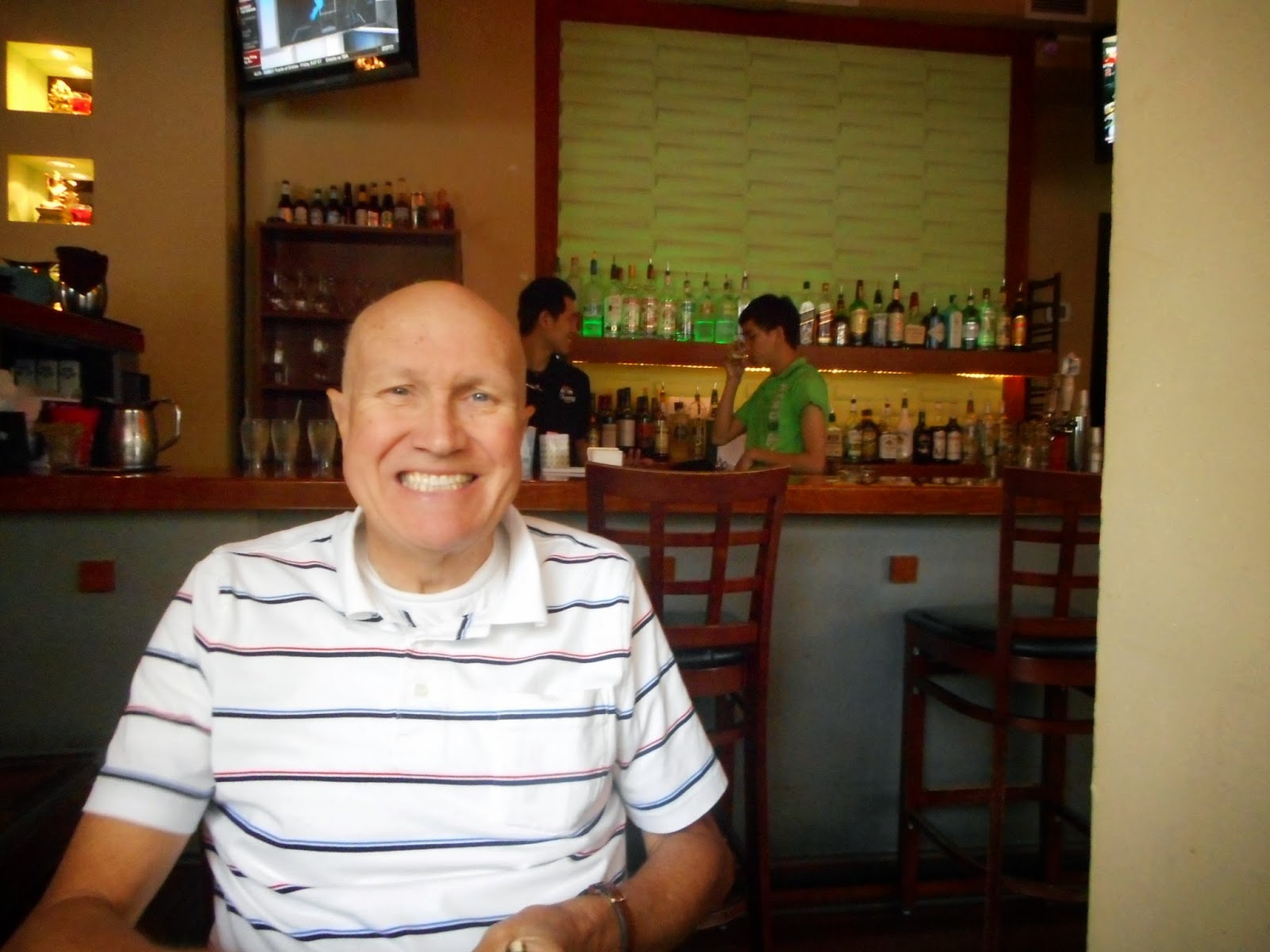figures around the base of the monument represent History, War, Peace and Plenty. The figure of the Genius of Liberty tops the monument, holding a sword in one hand and the wreath of peace in the other and representing the constant struggle for freedom.
|
Gettysburg July 1, 2, 3, 1863
It is rather for us to be here dedicated to the great task remaining before us—that from these honored dead we take increased devotion to that cause for which they gave the last full measure of devotion—that we here highly resolve that these dead shall not have died in vain—that this nation, under God, shall have a new birth of freedom—and that government of the people, by the people, for the people, shall not perish from the earth. - Lincoln, November 19, 1863
|
Recently restored commemorative of the short address given by Abraham Lincoln
on November 19, 1863.
Each of these "stepping" stones has a number etched into it. They mark the graves of unidentified Union Soldiers.
An Unsung Hero of the Battle of Gettysburg is
Basil Biggs who was contracted to bury the dead shortly after the battle.
He was a free African-American who owned a farm at Gettysburg. Following the fighting
Biggs returned to his farm and found it in ruins. No livestock and the crops were destroyed.
Biggs hired 10 or 12 other African-Americans and they reverently carried out the grim job of digging up the Union dead and placing them in wooden coffins. They were buried again at the designated cemetery site. Although no African-Americans died at Gettysburg, they did in other battles. Biggs purchased land close to the Gettysburg cemetery and
brought fallen soldiers there to be interred. The graveyard was called after Biggs
but became known as the Lincoln cemetery.
Biggs was also a veterinarian and he was a key link in the Underground Railway.

Special thanks to my sister Margaret who told me about Basil Biggs and the
PBS program on which he was mentioned, Finding Your Roots. The program
itself is available in its entirety online.
PBS program on which he was mentioned, Finding Your Roots. The program
itself is available in its entirety online.

































































